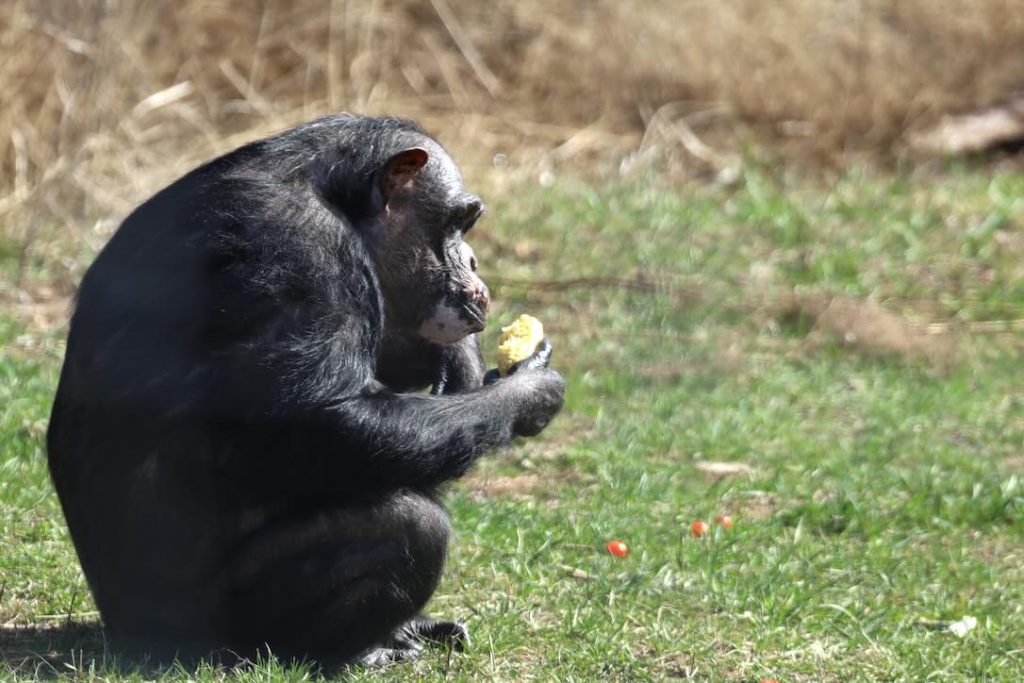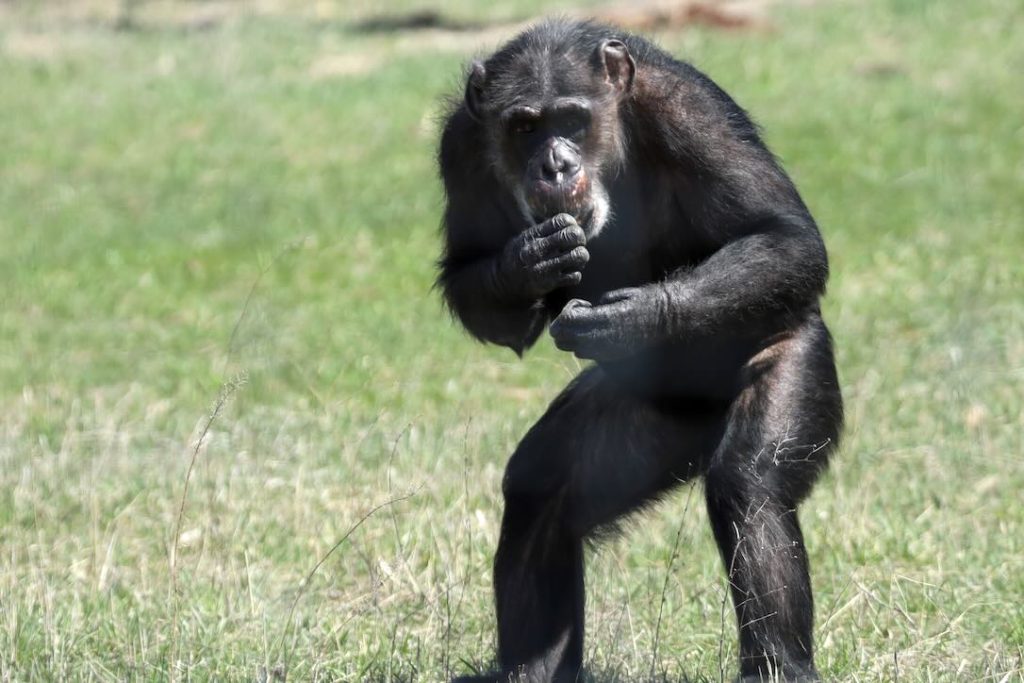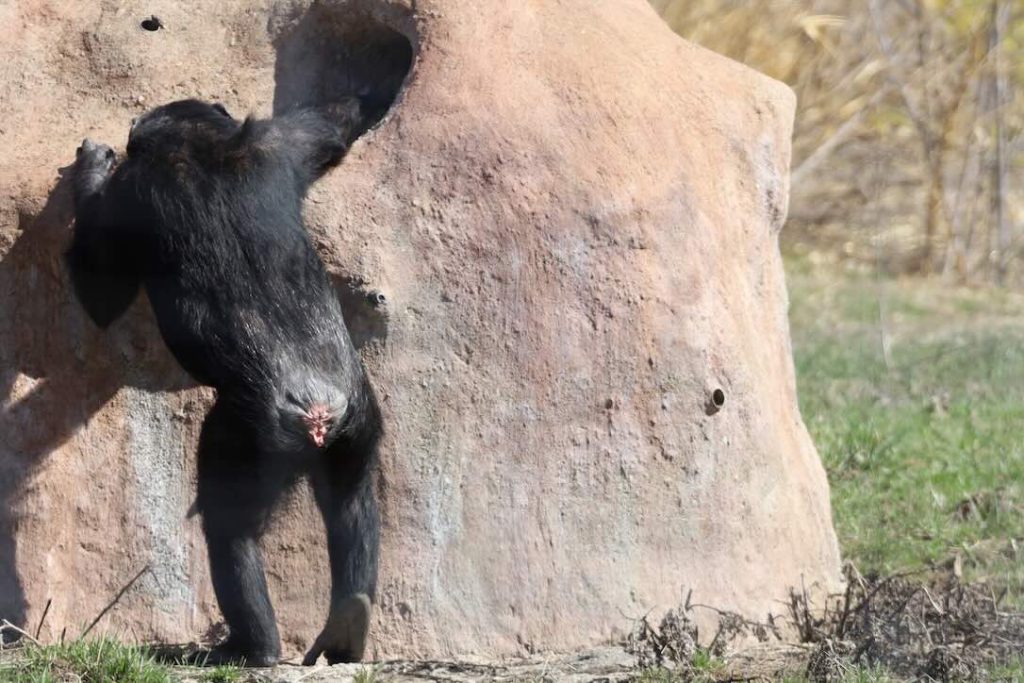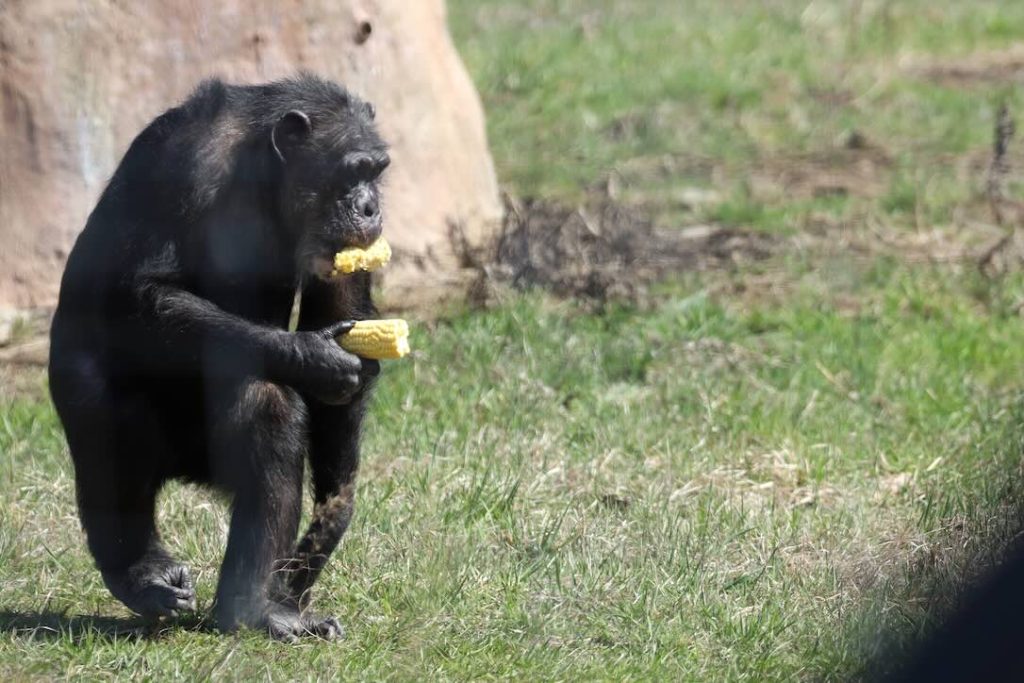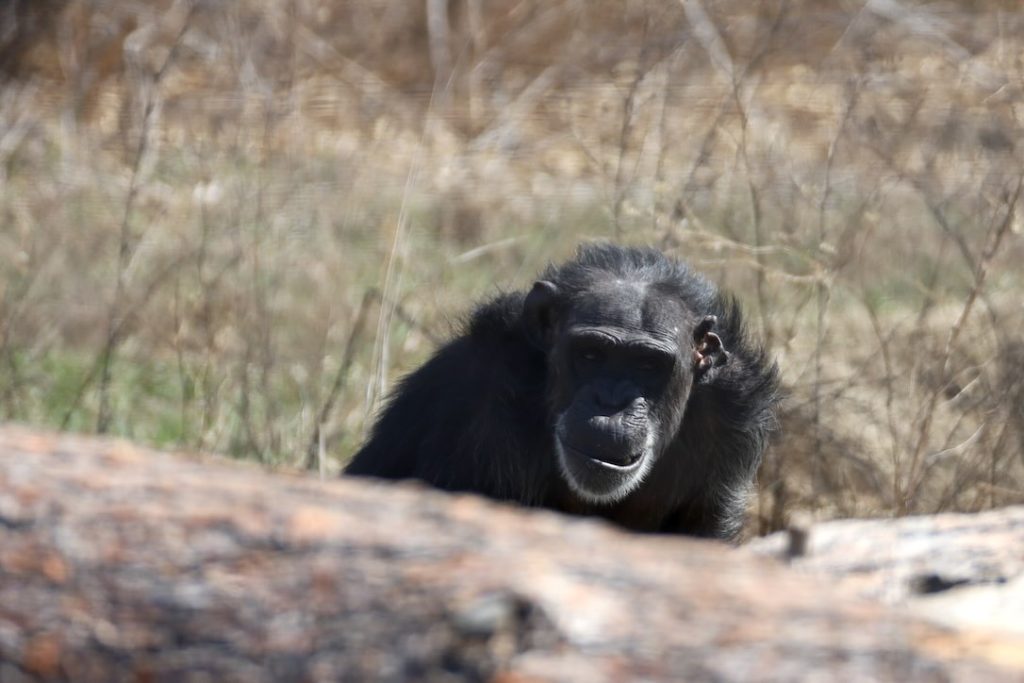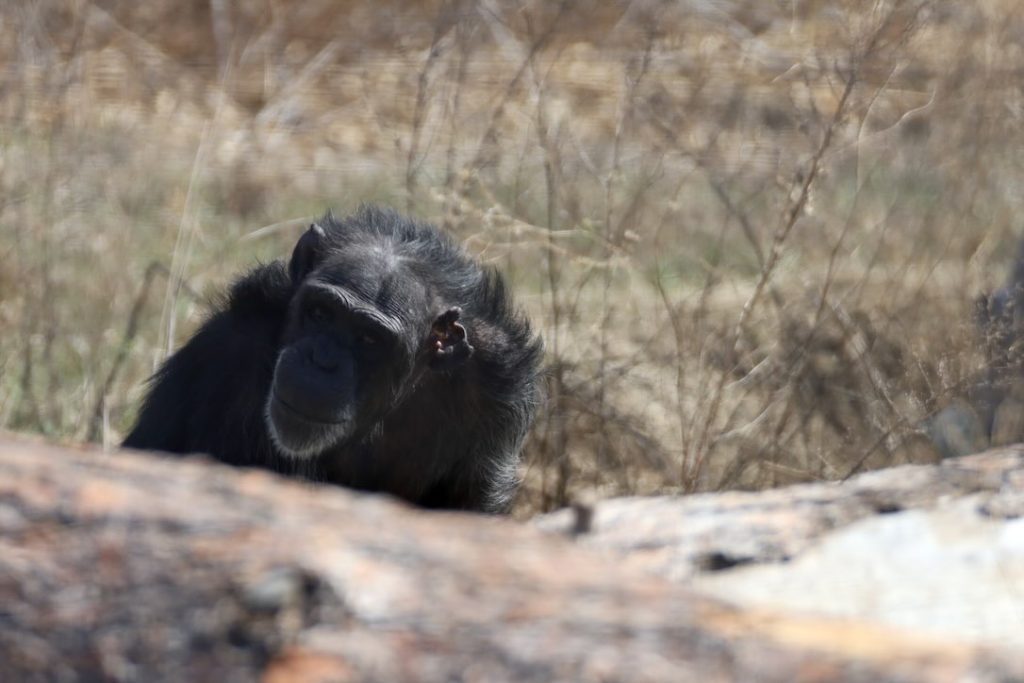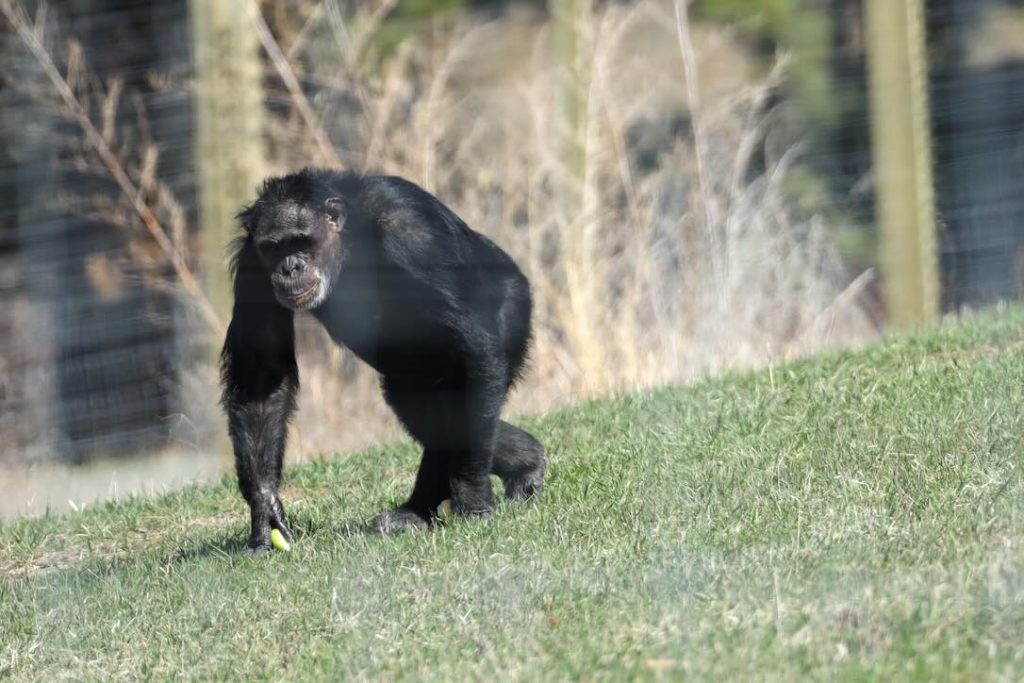A recent study conducted by researchers from Tufts University and Harvard University analyzed play and its importance in wild chimpanzees from Kibale National Forest. They found when food is scarce, adult chimpanzees cease to play with other adults. Adults in the wild are not inherently prone to play as is, so this finding wasn’t too surprising for researchers. What they did find interesting was though adults stop playing with other adults and focus on survival during hard times to find food, mothers will continue to play with their offspring even though they too are in a struggle to find food.
Play is important to chimpanzees, especially for the children. Playing with not just others in their same age bracket, playing with adults help juveniles to build social skills as well as it’s just a good form of exercise. This finding mirrors the what has been found in humans. Play with their parents is important to children. By playing with parents at a very early age, children, both human and chimpanzee, learn what is socially acceptable as play and the correct way to interact with others.
Though play amongst adults in the wild is sparse, in captivity, it is a whole different story. As you know, the chimpanzees here love to play, both with each other and their human caregivers. It is one way they manage their relationship with each other. Some even use play as a way to reconcile after a fight. Granted things would probably be completely different had they been able to be born in the wild and raised by their mothers. That is a scenario I earnestly wish was the scenario even though I would not be here today had that been the case. You would be hard pressed to find any sanctuary caregiver who wouldn’t wish they didn’t have their job if that meant those in their care were born wild and free. Reality, however, stinks sometimes. I can’t ignore the fact this is their lives.
Diana once wrote about the internal struggle caregivers face caring for chimpanzees. Though we love our jobs in taking care of them in a setting away from biomedical testing, we can’t help but feel a sadness that this is it. They won’t be able to travel miles upon miles a day. The won’t be able to fission off and go on adventures with those whom they choose from a community anywhere from 10 to 200 individuals, and return to the group at large when they wish. That is why enrichment is a crucial component in caring for captive chimpanzees. It helps provide variety and entertainment. It helps break up the monotony from day to day.
That being said, I hope you enjoy the video of some of the ways the chimpanzees are kept busy. And yes! I am over the moon Missy has decided to play with me more. I used to only get one good interaction with her a year. Two if I am really lucky. In fact, Missy has just been playing with everybody more; both chimpanzee and human. Not naming names, but there is one individual who seems jealous when she does decide to play with me and other caregivers.
Second note about the video. YES! That is indeed Honey B you see out on the Bray. Though it was a disagreement with Gordo that brought her out there, it was her own free will that kept her outside. All together she was outside a little over 10 minutes, most of which was by herself. There is some hope that she will decide sooner rather than later to go outside with out the chaos of a fight bringing her out there.
Here are some bonus photos from today’s lunch forage on Young’s Hill!
Missy
Annie and Burrito

Gordo
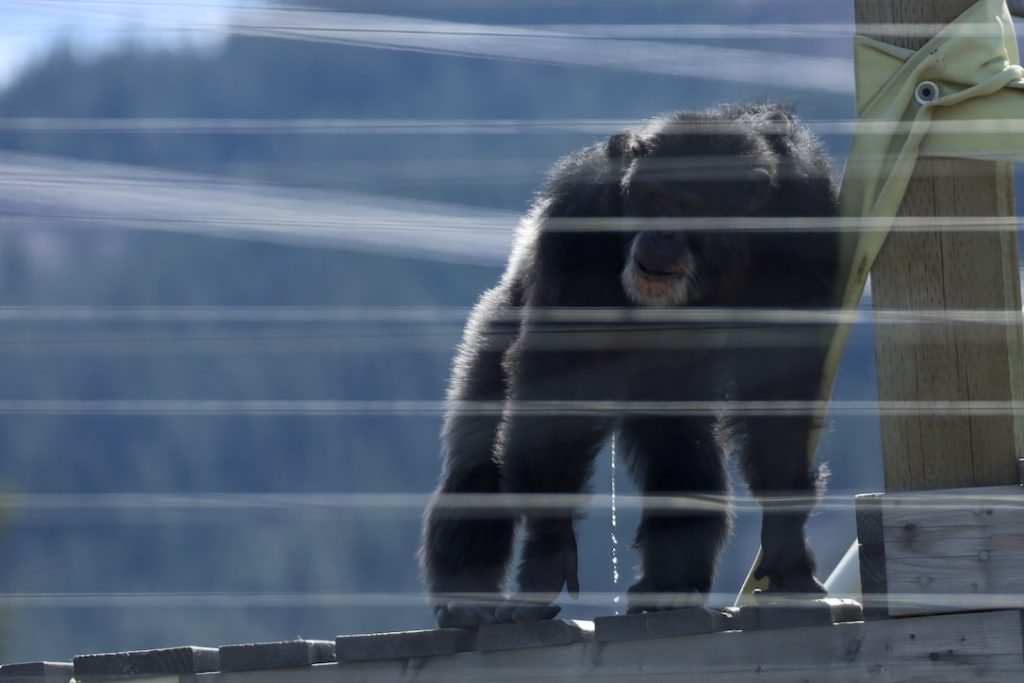
Foxie
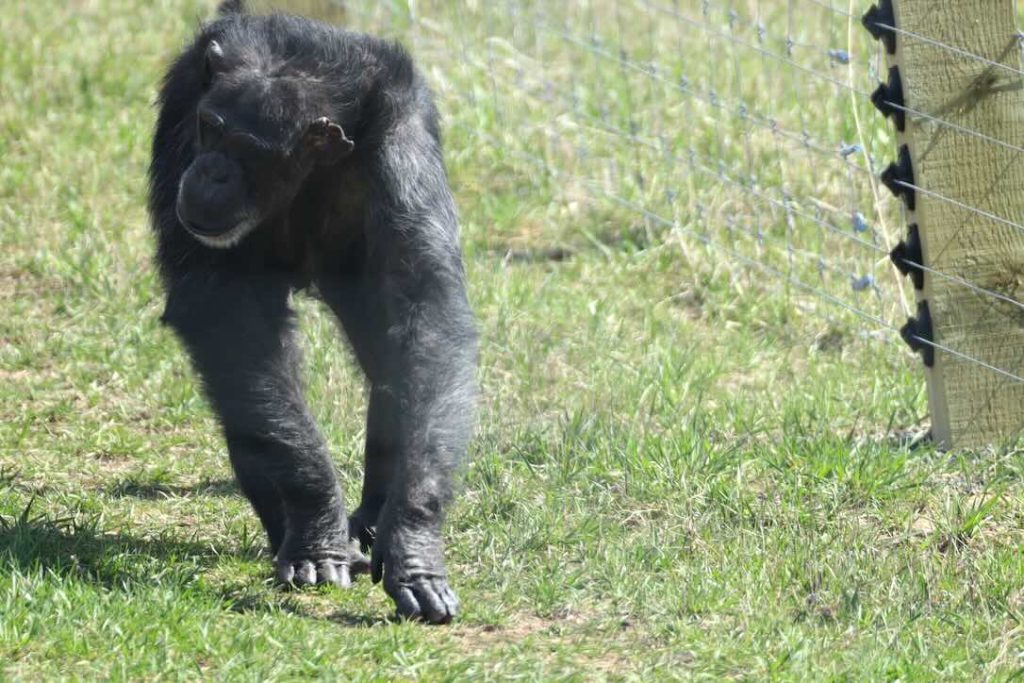
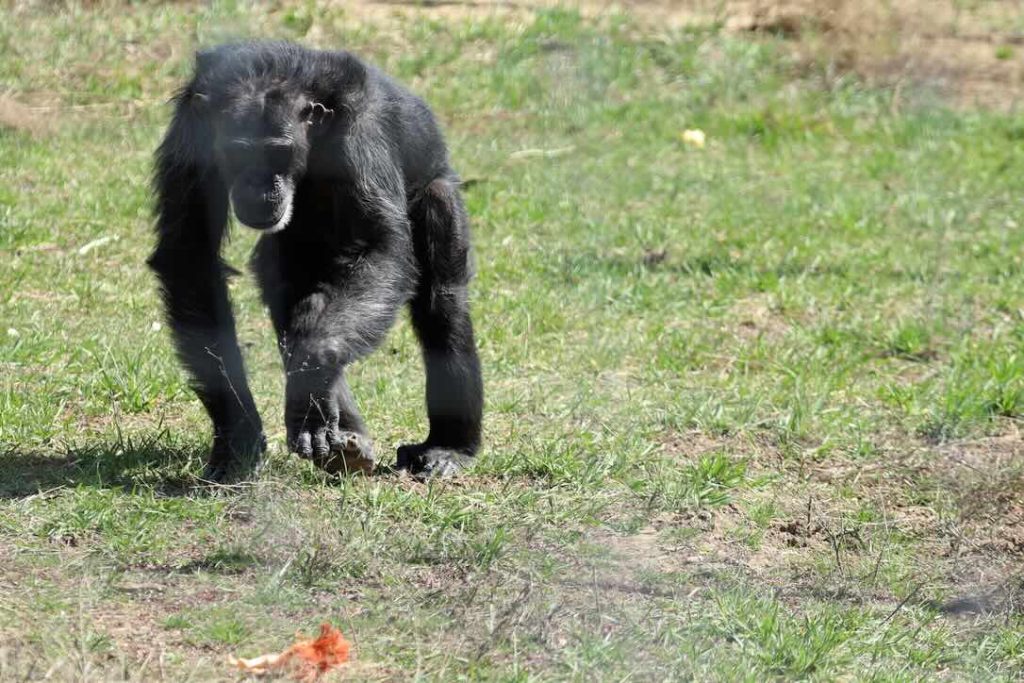
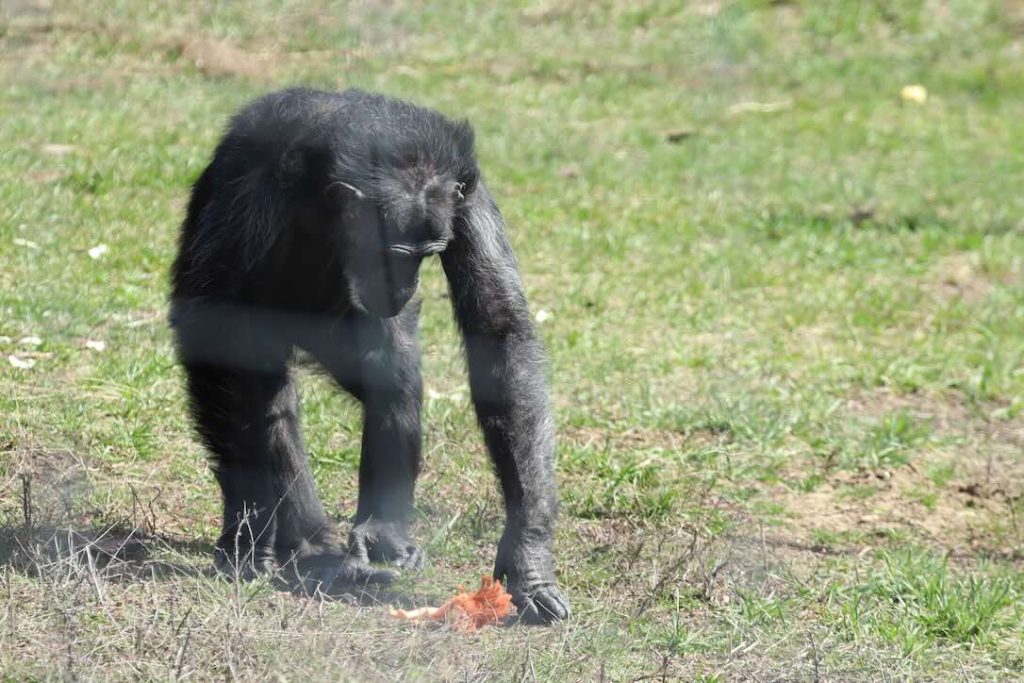
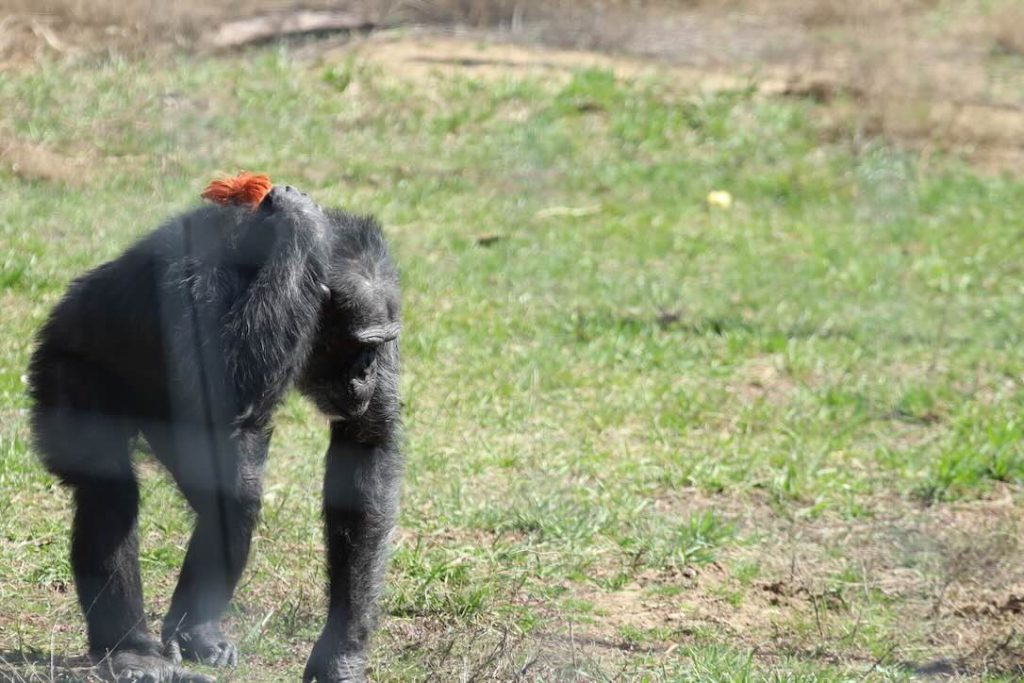
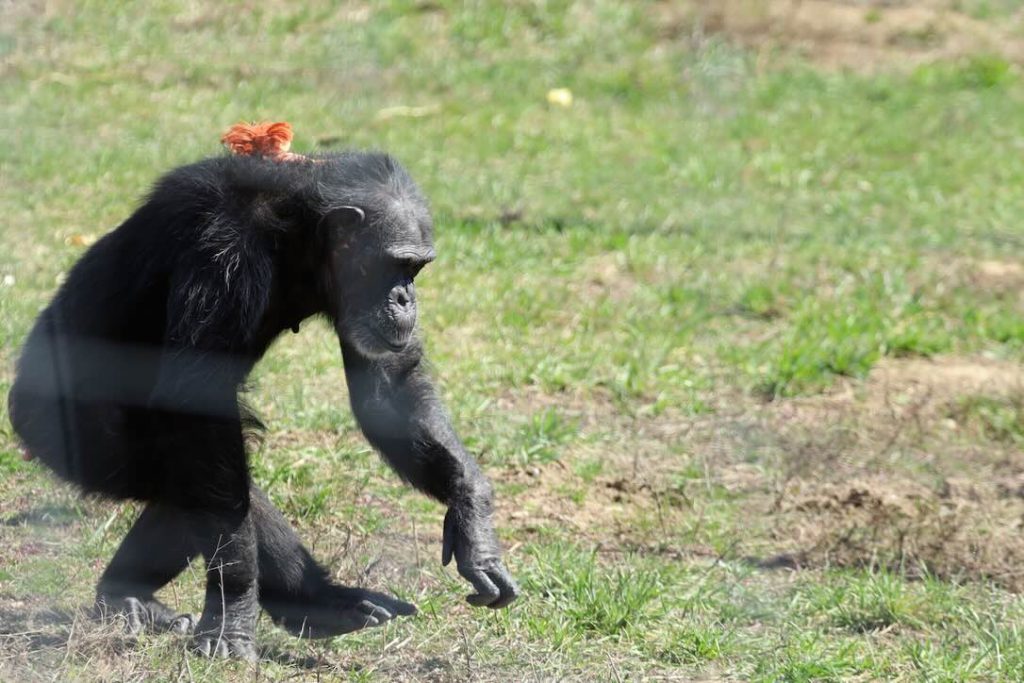
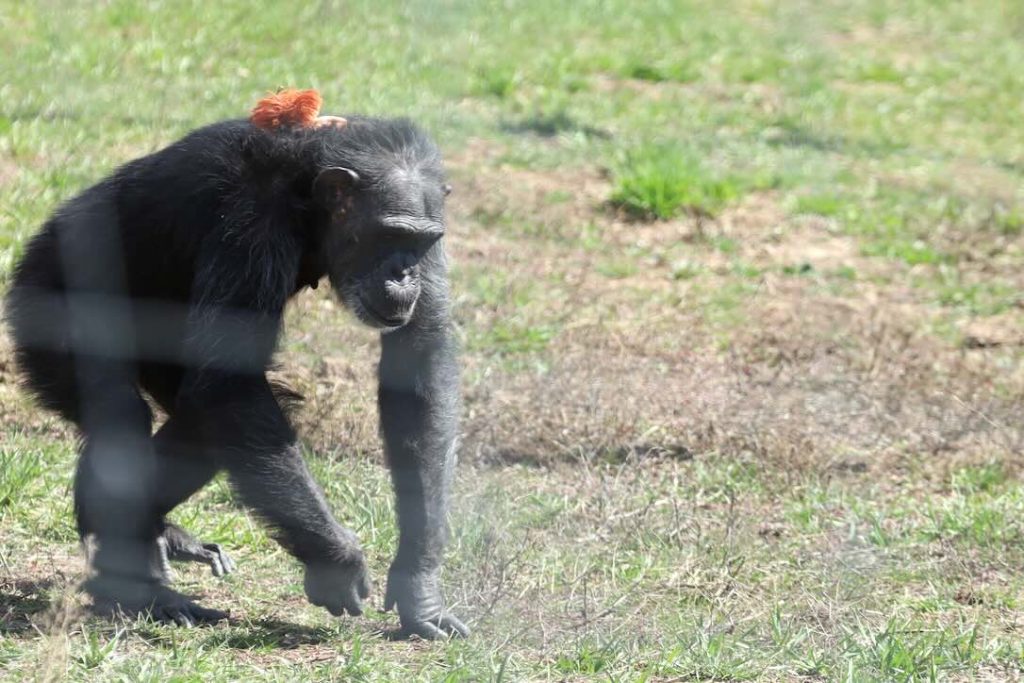
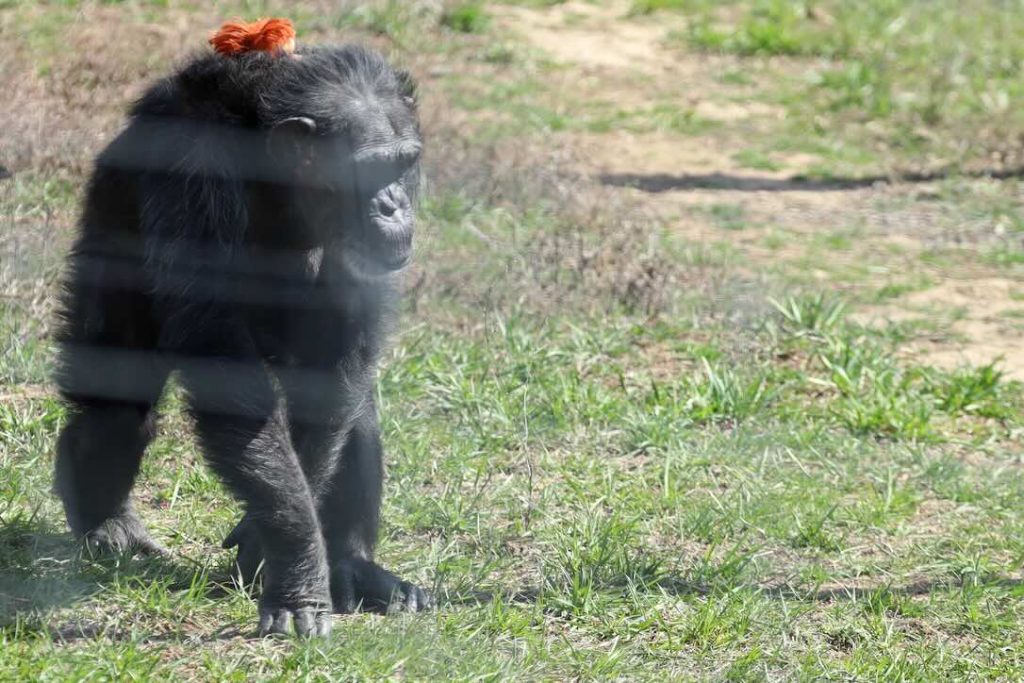
Jamie
And last but certainly not least…
Queen Negra
